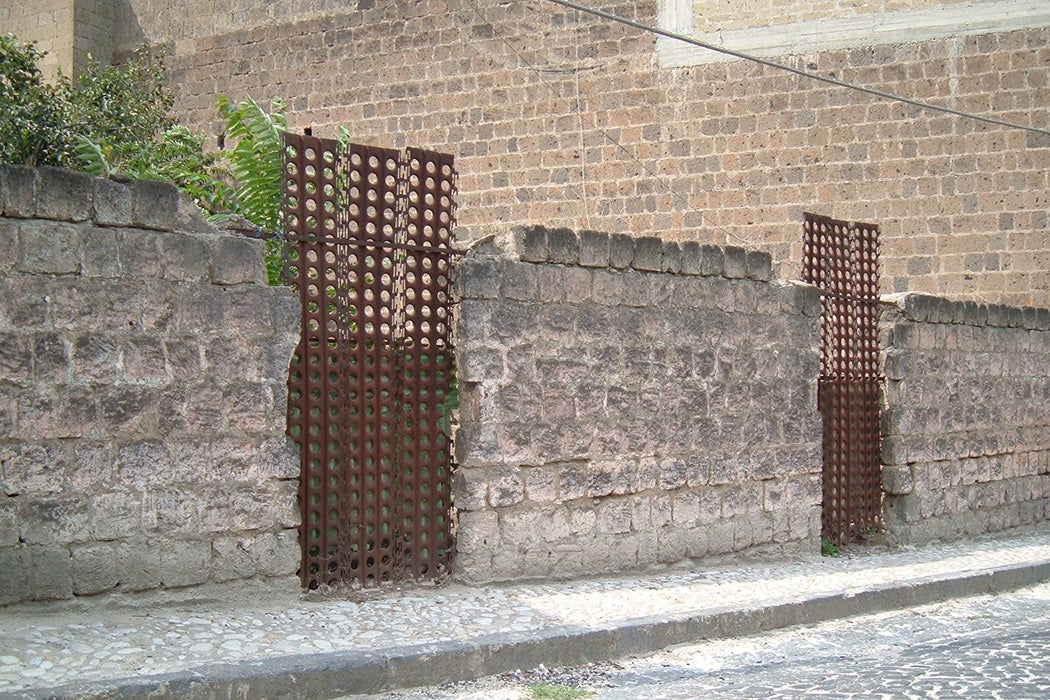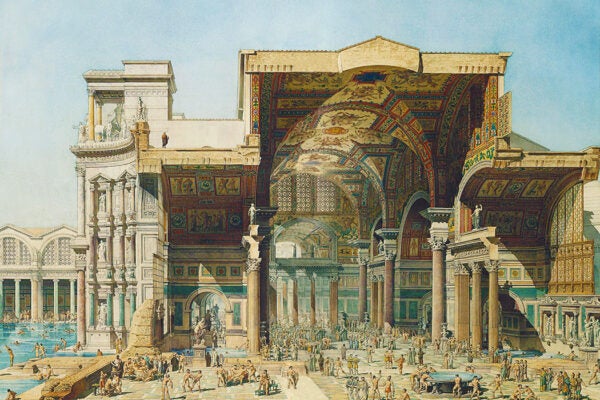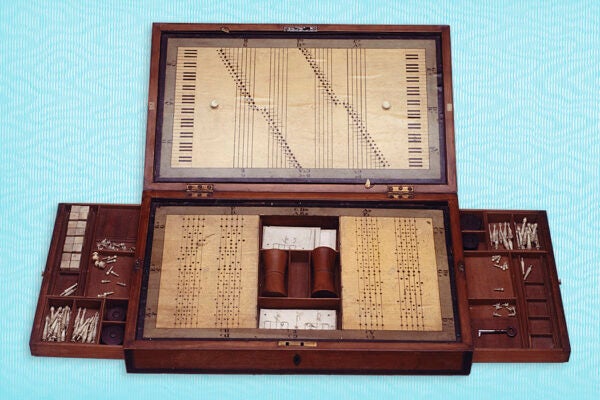We call it the Cuban Missile Crisis, but in Cuba it’s known simply as the October Crisis. For thirteen days in October 1962, the US and USSR stood on the brink of nuclear war in a struggle over the presence of Soviet nuclear missiles in Cuba.
More than sixty years later, the history of those tense days is dominated by a concentration on an inexperienced American president who held his ground against military aides pushing for a more aggressive response and a Soviet premier known for his histrionics and pugnaciousness acting rationally when push came to shove. Nikita Khrushchev ended up withdrawing the missiles from Cuba, while John F. Kennedy agreed to remove American missiles from Turkey and Italy and promised not to invade Cuba again (these American concessions were not publicized in the US.)
Left out of the loop of these negotiations were the Cubans themselves. In fact, the story of the Cuban Missile Crisis as told in the US doesn’t have much of a Cuban presence in it at all, even though the island nation would have been ground zero in any actual combat.
Historian Håkan Karlsson remedies some of this lack by detailing findings of a contemporary archeology project in Cuba that is studying the “material and immaterial remains” of the Crisis de Octubre.
Nuclear-armed warheads on missiles were in Cuba because Fidel Castro wanted Soviet help against American attempts to overthrow his regime. Those American attempts included an embargo as well as what Karlsson describes as state-sponsored terrorism— assassination, sabotage—and even the sponsorship of an attempted invasion by anti-Castro Cuban exiles. The April 1961 landing at the Bay of Pigs was a fiasco for the invaders, but Castro couldn’t rest on his victory as long as the US continued to work to eliminate him and erase the Cuban revolution.
The Soviets, feeling the closeness of US missiles in Turkey, were looking for parity in the balance of terror as well as solidifying their growing relationship with Cuba. The accord signed by Cuba and Soviet Union in May 1962 called for the bringing in of both medium- and long-range nuclear missiles, troops, and technical advisors to Cuba. (Only the medium-range missiles, capable of reaching Washington, DC, were made operational.)
One of the things the Soviets brought to Cuba were M-8 Marston mats. These interlocking pierced steel planks were developed by the US Army in the early 1940s for the rapid construction of runways and landing strips. Many were shipped to US allies, including the Soviet Union, during World War II. After the war, the Soviets used the mats for constructing and reinforcing roads at their strategic missile sites. When it came time to set up such sites in Cuba, the Soviets brought their M-8 mats with them.
Although the agreement ending the crisis called for all Soviet material to be removed and Soviet-built constructions dismantled, plenty of things were left on the island.
After the Soviets withdrew, “farmers and the people from nearby villages visited [now abandoned missile] sites looking for usable things that had been left behind,” Karlsson writes. “They found, for instance, boots, cans, coats, field bottles, nylon covers, oil, spades, spoons, timber boards, and empty ammunition boxes.”
Weekly Newsletter
And Marston mats. Through decades of American embargo, Cubans learned to reuse/repurpose/recycle with a vengeance. Marston mats are still in circulation today around the old missile sites as construction material and fencing.
Part of the contemporary archeology process includes interviews. While conducting one, Karlsson and associates were shown a photo of Russian child that had been given to the interviewee’s older brother by a Russian soldier just before the Soviets pulled up stakes. It shines a very human light on at least some of the relations between the Soviet soldiers and the local Cubans. (There was, for instance, a thriving exchange of Soviet watches and military rations for Cuban rum.)
If living, that child would be in her sixties today, perhaps never having known that her father had left her photograph as a sign of friendship and/or goodwill so far from home. Talk about putting a human face on history—of a time when humans came close to annihilating the future in an exchange of nuclear missiles.







